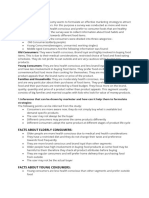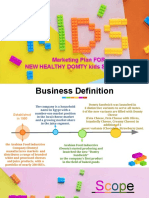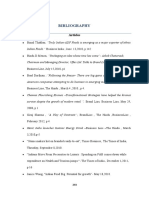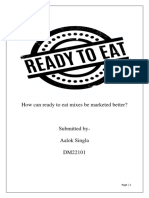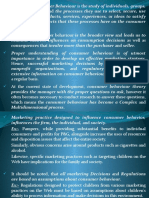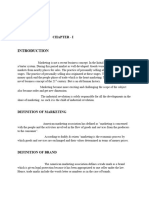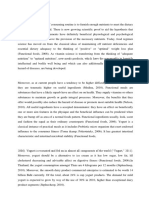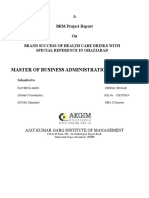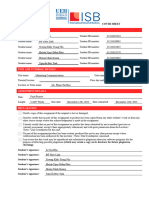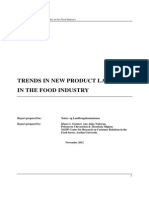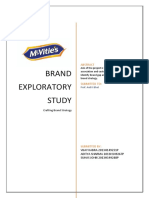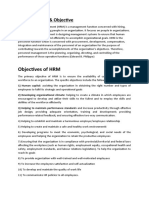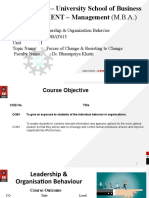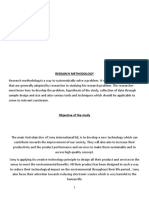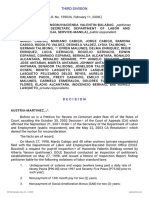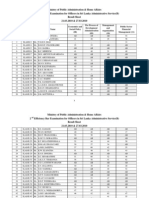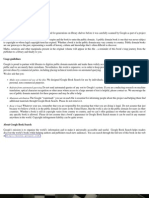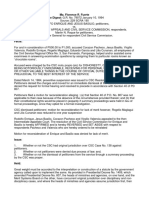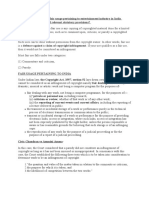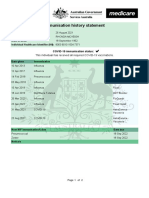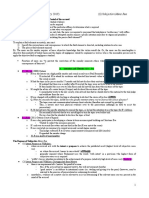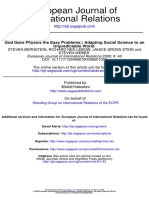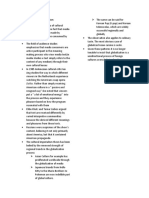0% found this document useful (0 votes)
75 views7 pagesConsumer Behaviour Assignment
The document discusses a case study conducted by a company to understand the food habits and preferences of different consumer age groups. The company divided consumers into three categories: elderly consumers, younger consumers, and middle-aged consumers. Each category is described in terms of their health consciousness, brand loyalty, product preferences, and other characteristics. The document then provides suggestions for an effective marketing strategy targeting each consumer category and positioning healthy food products.
Uploaded by
LaxmiCopyright
© © All Rights Reserved
We take content rights seriously. If you suspect this is your content, claim it here.
Available Formats
Download as DOCX, PDF, TXT or read online on Scribd
0% found this document useful (0 votes)
75 views7 pagesConsumer Behaviour Assignment
The document discusses a case study conducted by a company to understand the food habits and preferences of different consumer age groups. The company divided consumers into three categories: elderly consumers, younger consumers, and middle-aged consumers. Each category is described in terms of their health consciousness, brand loyalty, product preferences, and other characteristics. The document then provides suggestions for an effective marketing strategy targeting each consumer category and positioning healthy food products.
Uploaded by
LaxmiCopyright
© © All Rights Reserved
We take content rights seriously. If you suspect this is your content, claim it here.
Available Formats
Download as DOCX, PDF, TXT or read online on Scribd
/ 7

